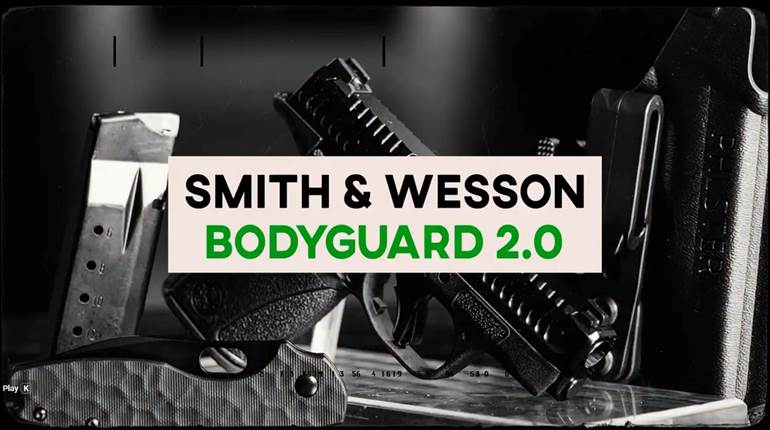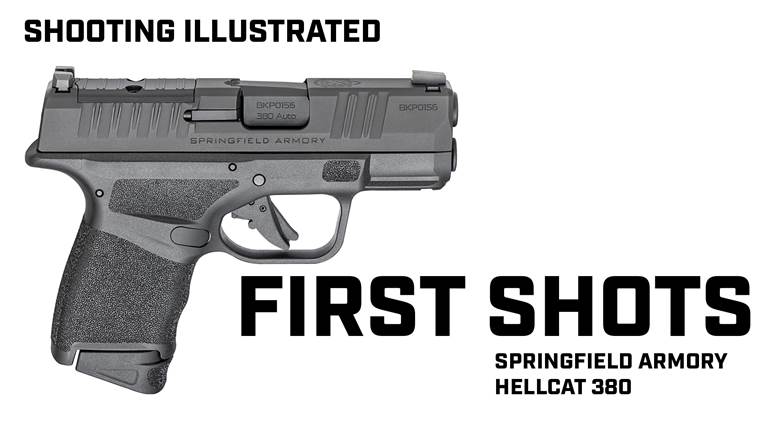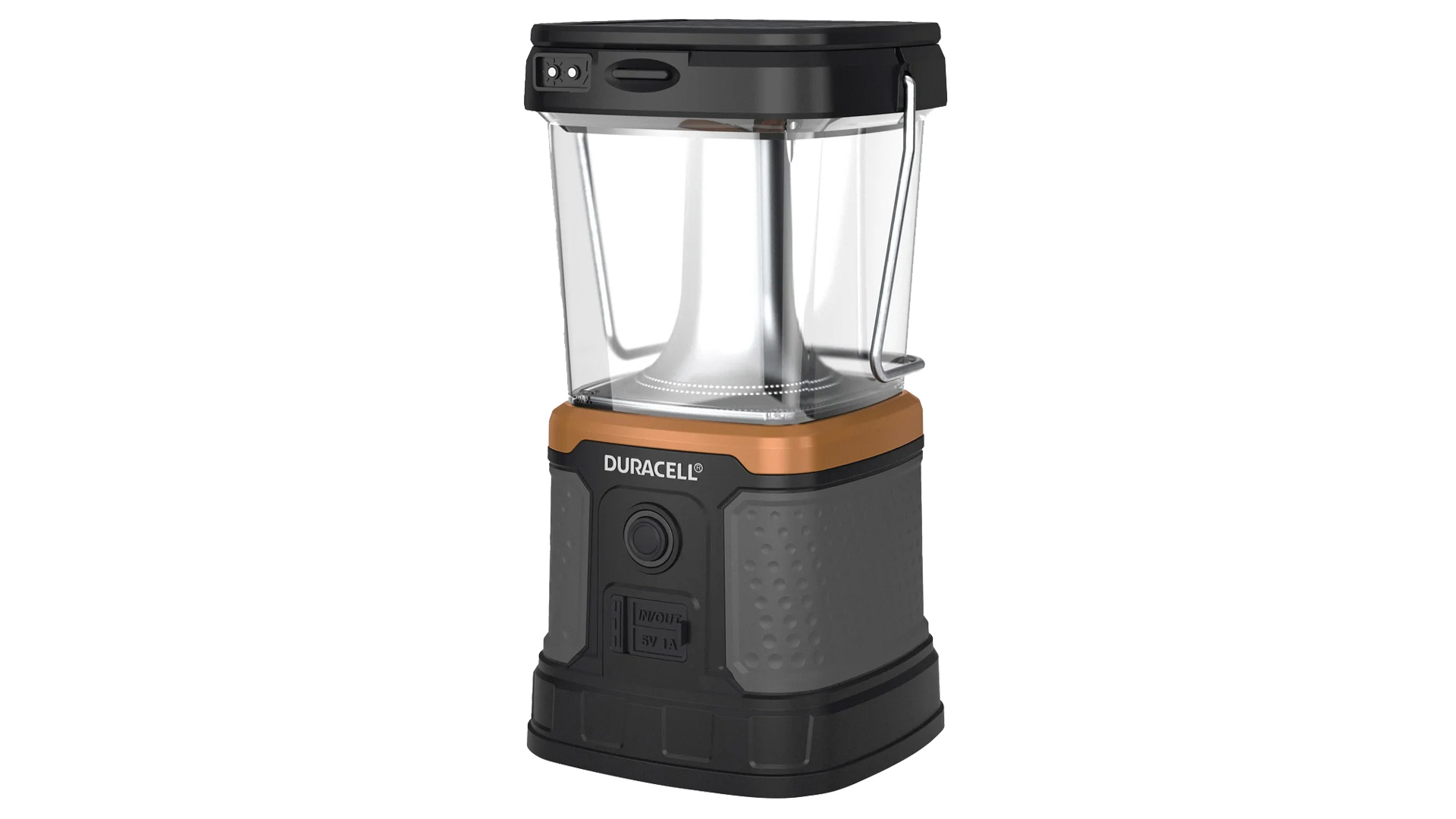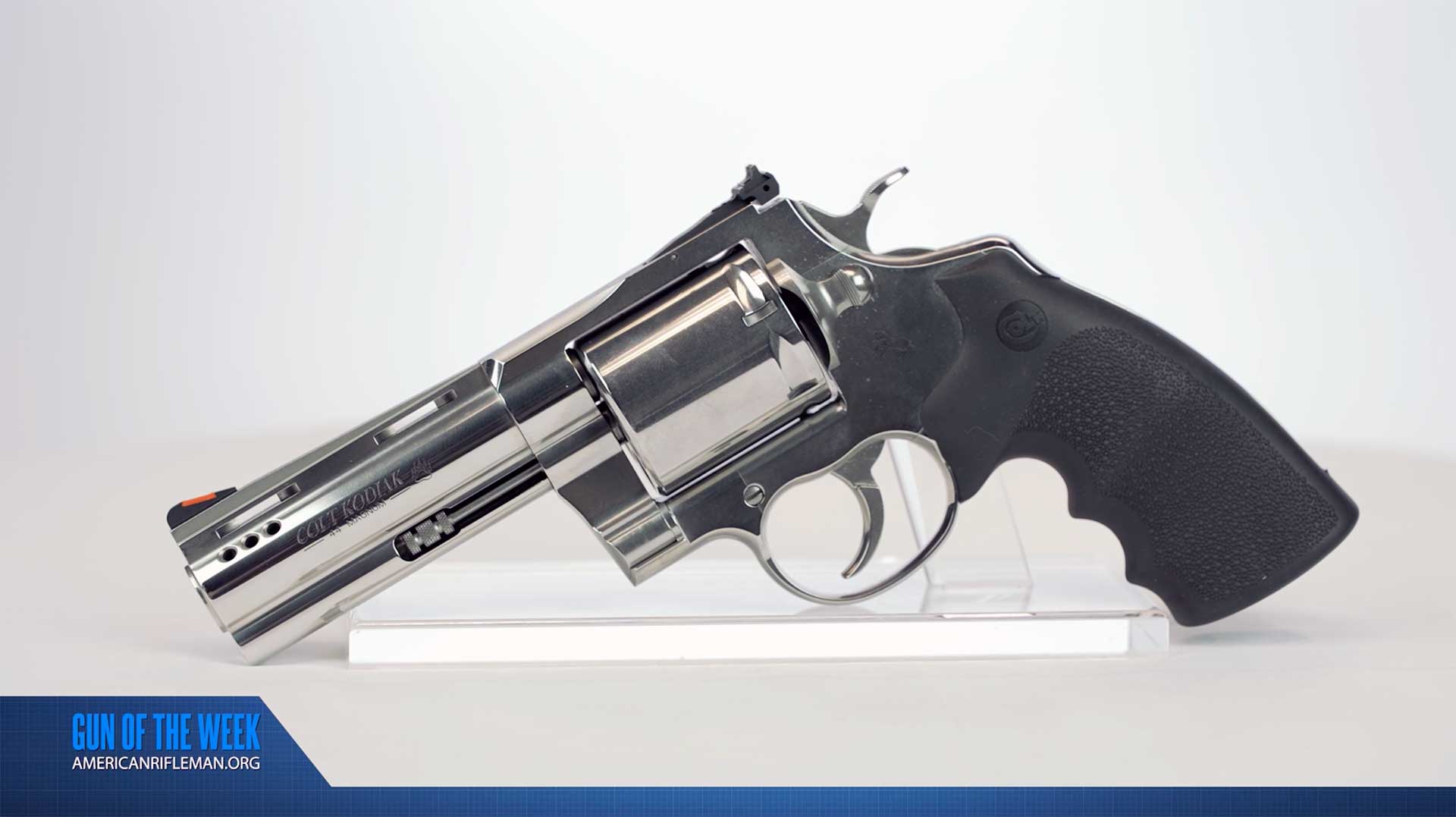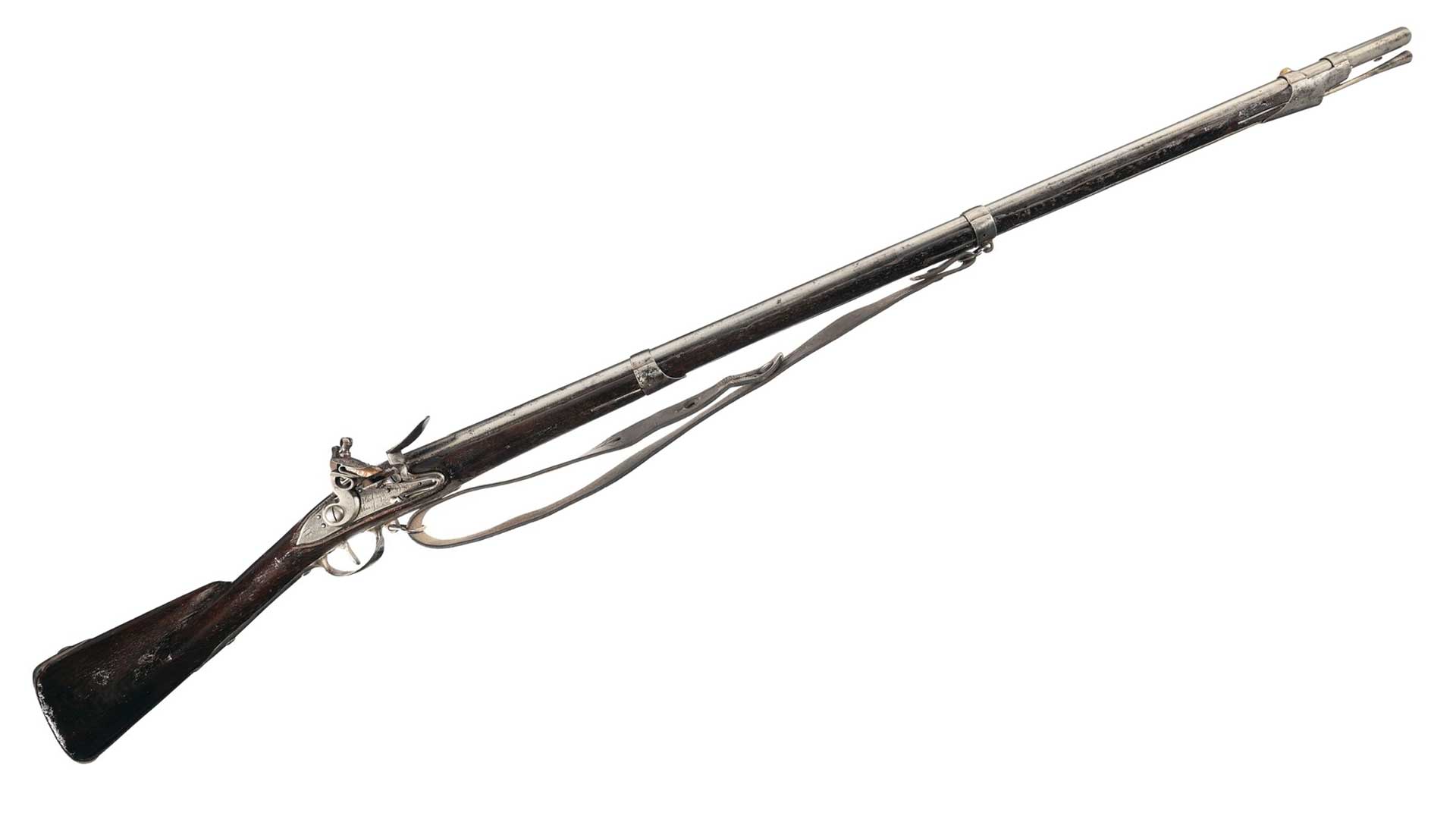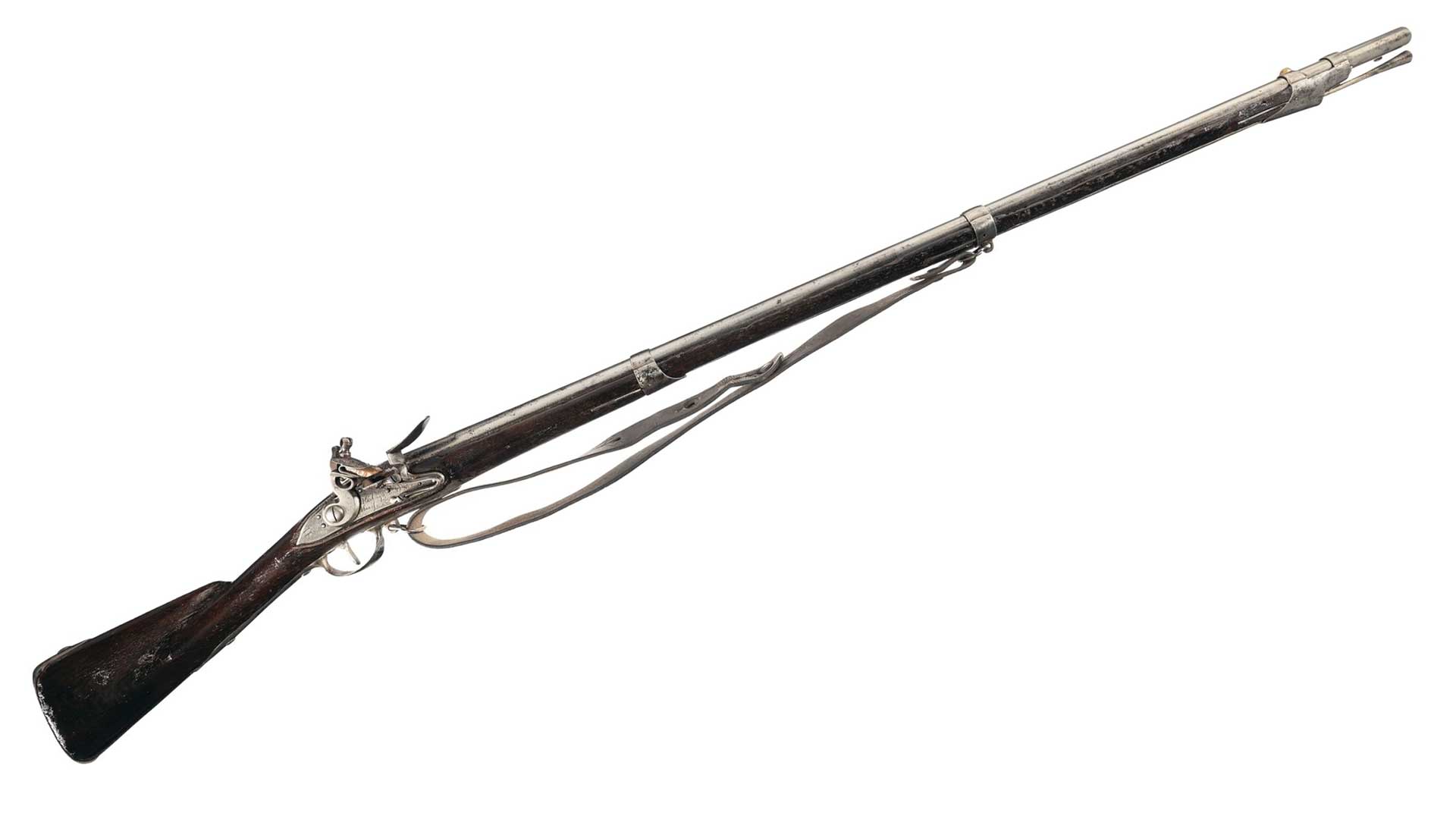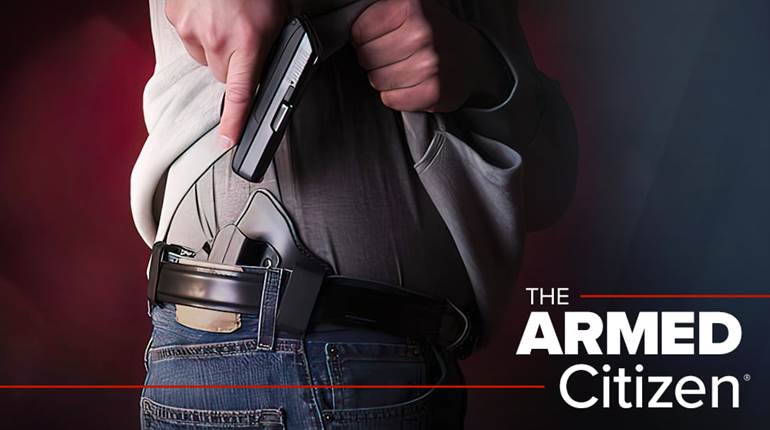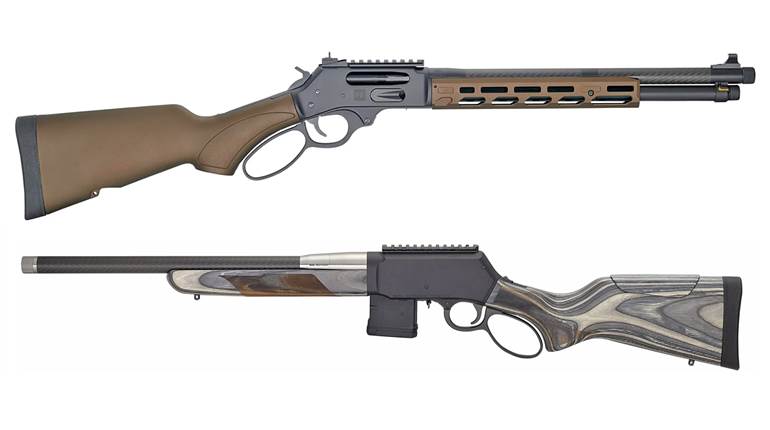
In the second decade of the 20th century, the Spanish army adopted a curious handgun—the Pistola de 9 millimetres Modelo 1921. This large, service-caliber (9 mm Largo) semi-automatic was interesting not only in its unusual silhouette, but by the fact that it was a blowback—a system usually reserved for small-caliber pistols.
Initially manufactured by Esperanza y Unceta (which would later become known as Unceta y Compania), eventually the piece found its way into other Spanish military and police forces, and was also offered in a commercial version as the Astra Model 400.
Based upon the positive experiences with the Model 1921/400—and the subject at hand, the Model 300—during the Spanish Civil War by the Condor Legion, Germany officially ordered a number of both these arms for its own military. As good as the 400 was, for logistical purposes, it was later decided that a version of the pistol in 9 mm Luger would be a nice addition to the Wehrmacht’s arsenal, and, in 1943, Unceta responded with a slightly smaller version of the 9 mm Largo pistol chambered in that round. It was so successful that after World War II the “Model 600,” as it was called, was sold on the civilian market, and some were even used by the post-war German police.
In the meantime, only one year after the appearance of the 1921/400, a pocket version of the pistol, the Model 300 offered in 9 mm Corto (.380 ACP), was introduced and adopted by the sistema penitencariao (Spanish prison system). Soon thereafter, a 7.65 mm Browning (.32 ACP) variant appeared, and both types were offered to the general public. The gun was later adopted by the Armada Española (Spanish navy) and other agencies.
Recognizing a quality pistol when it saw one, the German military placed a large order for Model 300s with Unceta, and, by July 21, 1944, some 85,390 had been delivered to the Wehrmacht in both 7.65 mm and 9 mm Kurz (as .380 ACP was called by the Germans). This handy little pistol was supposedly quite popular with the Luftwaffe, though the army made free use of them also. Production of the Model 300 ceased in 1947 after more than 170,000 had been made.
As noted above, the 300 was a blowback. It measured 6.38" overall, and weighed some 22 ozs. Standard finish was blue, and grips were checkered walnut. The 9 mm Corto pistol’s magazine held seven rounds of ammunition, and the 7.65 mm held eight. The magazine was released by means of a small, semi-circular catch on the right side of the grip base just ahead of a lanyard ring. Disassembly procedure for the 400/300/600 series is unique, resulting in many knurled barrel bushing locks being defaced by vice-grip-wielding owners who are not aware that the barrel bushing must be pushed down prior to turning the lock.
 Model 300s had three safeties: a grip safety, a thumb safety on the left side of the frame just behind the trigger and a magazine safety. Those pistols intended for German service will exhibit a “WaA251” acceptance stamp, along with the usual Spanish marks and proofs. The top of the slide/barrel shroud is emblazoned with the Astra brand logo and “UNCETA Y COMPANIA/GUERNICA ESPAÑA”.
Model 300s had three safeties: a grip safety, a thumb safety on the left side of the frame just behind the trigger and a magazine safety. Those pistols intended for German service will exhibit a “WaA251” acceptance stamp, along with the usual Spanish marks and proofs. The top of the slide/barrel shroud is emblazoned with the Astra brand logo and “UNCETA Y COMPANIA/GUERNICA ESPAÑA”.
Though German-issue Model 300s are not uncommon and represent a large proportion of the total production, they are generally the most sought-after and collectible. Accordingly, the one shown here is worth a solid $1,000—about 25 percent more than its civilian or Spanish military counterparts. Some engraved and embellished examples are also extant and can bring substantial sums depending upon the degree of decoration.
Gun: Astra Model 300
Manufacturer: Unceta y Compania, Guernica, Spain
Chambering: 9 mm Corto (.380 ACP)
Manufactured: c. 1943
Condition: NRA Excellent (Modern Gun Standards)
Value: $1,000













